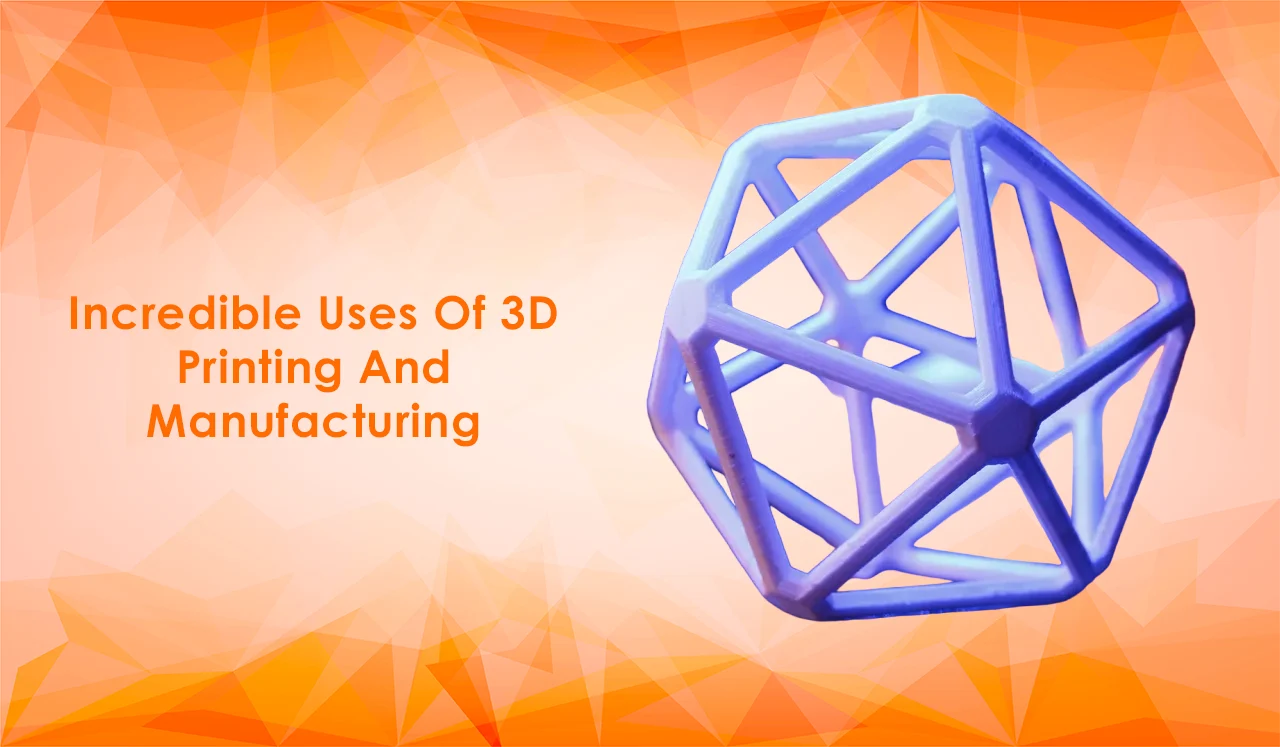Fast Delivery and Low MOQ withMoney Back Guarantee...
Fast Delivery and Low MOQ withMoney Back Guarantee...

For the production of plastic parts, 3D printing and manufacturing has taken over. Numerous sectors employ injection molded components, and it is anticipated that this market will further expand. Even in the car industry, injection molded plastics are replacing metals and alloys as the preferred material. For molders, the economics of injection-molded components are attractive, particularly when the necessary part quantity exceeds 100,000. Even though a machined mold requires a large initial capital expenditure, once it is manufactured, the expenses of making parts are quite low. Although an injection mold has a high initial cost, molders may easily justify the cost given the amount of effort required to complete a mold using 3D printing service.
For part designers, being able to quickly manufacture mold parts changes everything. For molders that are considering the economics of a tool that is only used for small batches, professional 3D printing services offer speedier lead times at a quarter of the cost of machined soft tooling. Designers may print and mold several variations of a product using 3D printed mold tools. This allows them the opportunity to experiment with a wide variety of ideas and the assurance that their prototype will be the best one. Part designers may easily mold shapes in a range of engineering-grade plastics using a 3D printed mold tool, allowing their prototypes to match their finished products.
Molds made with large 3D printing services may also provide designers a lot more creative latitude. It is not necessary to print many versions of the mold if a designer wants to refine two characteristics inside the entire mold. The features may be easily created as inserts for a single standard mold by Plastic Injection Molds. Designers may incorporate elements that would greatly increase the price of a steel tool since tiny details and complicated geometries don't cost more to print. It is crucial for component and mold designers to understand the best ways to design for additive as 3D printed injection moulding equipment continues to be embraced. Success is driven by successful design. There are several other guidelines on the best ways to design, manufacture, and use 3D printed injection mold equipment.
The production of complicated plastic parts and components is a realistic alternative for today's manufacturers, between both autocad 3D printing service and plastic injection molding being viable choices. These methods, which were once seen as rival technologies, are now widely acknowledged to have their own merits and may even be used in tandem to increase production efficiency. Both 3D printing and plastic injection molding are beneficial techniques in and of themselves. Engineers now have the ability to design plastic objects at their computers and have them come to life in a couple of hours thanks to 3D printing. On the contrary hand, injection molding is the preferred method for quality and affordability. It is frequently used to efficiently and dependably create large quantities of intricate plastic patterns.
The popularity of 3D printing injection mold services has skyrocketed since it can produce prototypes and bespoke plastic part designs in a span of hours or days. For instance, the medical sector has adopted quick-turn technology to produce specialized things like orthotics, prostheses, dental supplies, and more. Researchers are even researching on 3D organ processing techniques. That's not to minimize the benefits of the continued need for plastic injection molding in the medical industry. It is impossible to overstate the importance of producing cutting - edge medical components and devices in large quantities on a continuous basis without any defects. When circumstances call for it, combining these two approaches can assist shorten iterative pre-production cycles and enable improved testing, manufacturing, and results.
Currently, the manufacturing industry uses metal 3D printing to produce completed parts and tool components for industries like aerospace and automotive. By producing airplane parts or rocket engines using 3D printing, weight is reduced and expenses are reduced. First up on the list of materials used most frequently in metal 3D printing service is aluminum, which is mostly utilized in alloy form. Aluminum is advantageous since it is light and provides strong resistance. It is mostly utilized where minimizing weight is crucial, such as in the automobile and aerospace sectors. Additionally common is steel, particularly for industrial uses. Steel has superb surface polish and robust mechanical qualities. It is the most widely utilized metal in 3D printing as a result.
Endnote:
The main goal of CAD for 3D printing is to create a tangible representation of digital data that is kept in computer memory. In contrast to injection molding, 3D printing is not restricted to using only polymers. Instead, based on the intended purpose, users have the choice to include almost any form of material. It is especially helpful to businesses that often modify product designs in response to consumer input and market developments.

